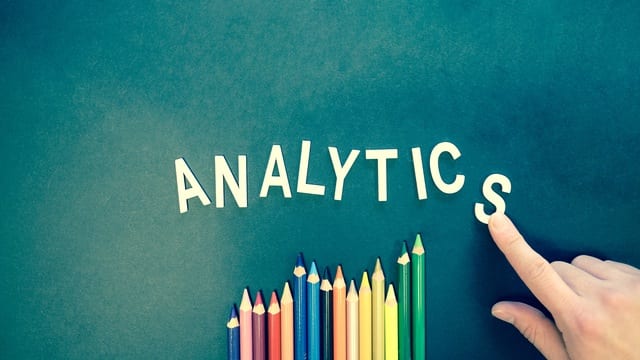HR Analytics Overview
By: Ciopages Staff Writer
Updated on: Feb 25, 2023

Talk to any top-level HR executives in any large organizations, HR Analytics and the concept of data mining is becoming a hot trend. However, the proper and adequate usage of big data and generating HR Analytics is far more than searching through lots and lots of files and data. Instead, the real value involves being able to glean out valuable statistics and metrics associated with behavior. And this is where human resource analytics comes in. HR Analytics are an integral part of any digital transformation efforts.
HR analytics are not another buzzword with the software types, but in reality, analytics involves identifying the behavior trends of human assets and how they can be improved with targeted solutions based on the information collected.
35 years ago if one wanted behavioral information from the personnel office, maybe 10 percent of what was known and collected would qualify. Today, that trend is entirely the opposite. HR departments have at their disposal information that makes up to 65 percent of what is known about employed human assets. And that information can be invaluable when needing to identify how to motivate units or improve performance systemically.
Specifically, HR analytics measures the data produced by an employee as they do their work. But it’s more than just observational data. The analytical product creates new opportunities by allowing smart managers to identify correlations between different behavioral elements statistically. And that, in turn, can provide the means to see inside the business processes that normally wouldn’t be visible via traditional management or monitoring.
Once a company’s HR management knows the ropes, then the power of the analytical tools become apparent and focused. And that’s when amazing insights for strategic planning begin to manifest, easily putting HR in a seat at the table.
There are going to be common components involved with HR analytics. Things like employee headcount, hours worked, population demographics and rate of turnover as well as time employed versus separation are all included. Where analytics get interesting is how these business information categories become married with softer categories like employee motivations, moods, goals, succession patterns, performance measurements, and discipline records. What one begins to see is invaluable. Specific trends become apparent that signal the potential for positive results or negative results consistently. And that, in turn, gives management far more strategic planning power with human assets employed.
Fortunately, much of HR analytics today is very hands-on and comfortable to work with and understand. One doesn’t need to hold a Ph.D. or be a data scientist to learn how to use the analytical tools. The trick of using analytics, however, is having a clear idea what one is looking for and then testing the potential correlations in the information gathered to see if a consistent, predictable pattern exists and can be used for planning purposes.
HR analytics are most beneficial when data-driven or fact-based information is necessary in the business decision-making process. For example, if a company needs to implement a significant organizational structure change or business process modification, how will the employees involved react? What new type of employees will be needed and what kind of training would be most effective in helping existing staff adapt to the changes? Again, analytics can be important windows into seeing the potential ramifications of business decisions on human assets before the decisions are implemented in real time.
There are several types of HR Analytics and to get started you don’t need to boil the ocean. Consider what is the pressing issue and try to begin the journey with small steps.
The successful integration and use of HR analytics by a personnel/HR office easily add significant value to a company going forward. And it can be a transforming catalyst reshaping the role of HR in a modern company. But success depends on knowing how to use HR analytical tools correctly. This is where good technical training and a reliable consulting resource can be extremely helpful in getting started. Once a company’s HR management knows the ropes, then the power of the analytical tools become apparent and focused. And that’s when amazing insights for strategic planning begin to manifest, easily putting HR in a seat at the table.
HR Analytics is an integral part of overall human resources transformation. Consider CIOPages.com Human Resources Transformation Toolkit and also the HR Transformation resources.